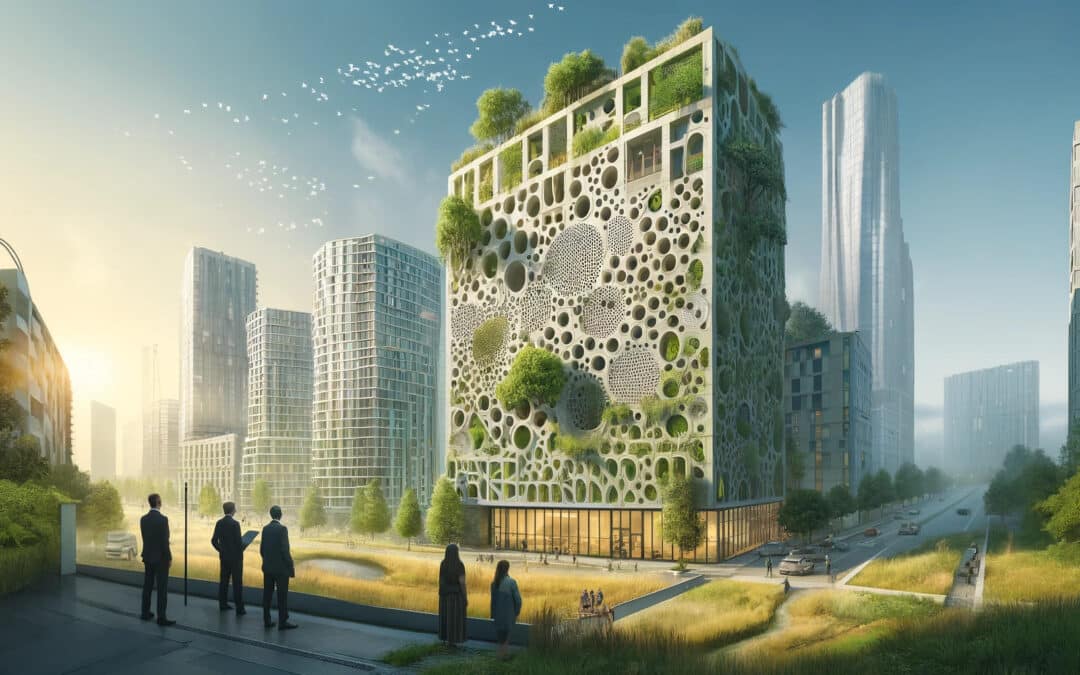In the world of modern architecture, the smallest details can significantly influence the functionality and aesthetics of a building. Weep holes, typically small openings placed in outdoor building walls or other structures, are often overlooked despite their crucial role in prolonging building lifespan and maintaining structural integrity. However, innovative architects and designers are finding new and creative ways to utilize these elements not only for their practical benefits but also as a part of architectural design.
Understanding Weep Holes
Traditionally, weep holes are small openings designed to drain water out of building structures, particularly from within cavity walls and retaining walls. These holes help prevent water accumulation that can lead to dampness, structural damage, or even mold growth. Beyond their practical purpose, these small openings are now being recognized for their potential to contribute to sustainable building practices and innovative design strategies.
Enhancing Building Sustainability
One of the key innovations in the use of weep holes involves enhancing building sustainability. Architects are increasingly incorporating weep holes into designs in a way that promotes natural air circulation, which can help reduce reliance on mechanical ventilation systems. This passive ventilation helps maintain air quality and regulate temperature, thereby reducing energy consumption and lowering carbon footprints.
Aesthetic Integration in Façade Design
Modern architects have started to integrate weep holes into the aesthetic design of building façades. By carefully considering the placement and appearance of weep holes, designers can create patterns or textures that contribute to the building’s overall visual appeal. For example, weep holes can arranged to form artistic motifs or to complement the geometric patterns of a building’s exterior. Making functional components part of the visual identity of the structure.
Creative Uses in Landscaping and Outdoor Features
In landscape architecture, weep holes are finding a new purpose in managing water runoff and soil moisture within garden designs. These holes can be incorporated into retaining walls, garden beds, or water features. Where they manage excess water efficiently and help prevent erosion and waterlogging. By doing so, weep hole ensure healthier plant growth and contribute to the aesthetic quality of outdoor spaces.
Multi-functional Wall Systems
Architects are pushing the boundaries by using weep hole in multifunctional wall systems. Beyond water drainage and air circulation, these openings are being designed to integrate small wildlife habitats within the walls. Especially in urban areas where biodiversity is often limited. For example, certain weep holes can be sized to encourage nesting for small birds or to serve as insect habitats. Thus promoting biodiversity and adding an ecological dimension to the building.
Interactive Light and Shadow Play
The strategic placement of weep hole can also be used to enhance interior lighting and create dynamic patterns of light and shadow that change with the sun’s position. This not only adds a lively element to interior spaces but also connects the occupants with the natural cycles of daylight. Enhancing the well-being of residents or workers within the building.
Improved Acoustic Performance
Innovative uses of weep holes also extend to improving acoustic performance within buildings. By designing weep holes in conjunction with other acoustic management strategies. Architects can enhance sound insulation or help manage noise in busy environments. This application is particularly useful in dense urban areas or for buildings close to noisy streets.
Challenges and Considerations
Despite their many benefits, the innovative use of weep hole presents several challenges that must be addressed. These include maintaining the balance between aesthetic design and functionality. Ensuring long-term maintenance and effectiveness, and navigating building codes and standards that may not always accommodate unconventional uses of weep holes.
Conclusion
As modern architecture continues to evolve, the innovative use of traditional elements like weepholes illustrates a broader trend toward integrating functionality with aesthetic and environmental considerations. These small features not only contribute to the structural and environmental integrity of buildings but also enhance the comfort and visual appeal of architectural spaces. By rethinking the ordinary, architects can continue to innovate and inspire, turning simple practical solutions into elements of design genius.

